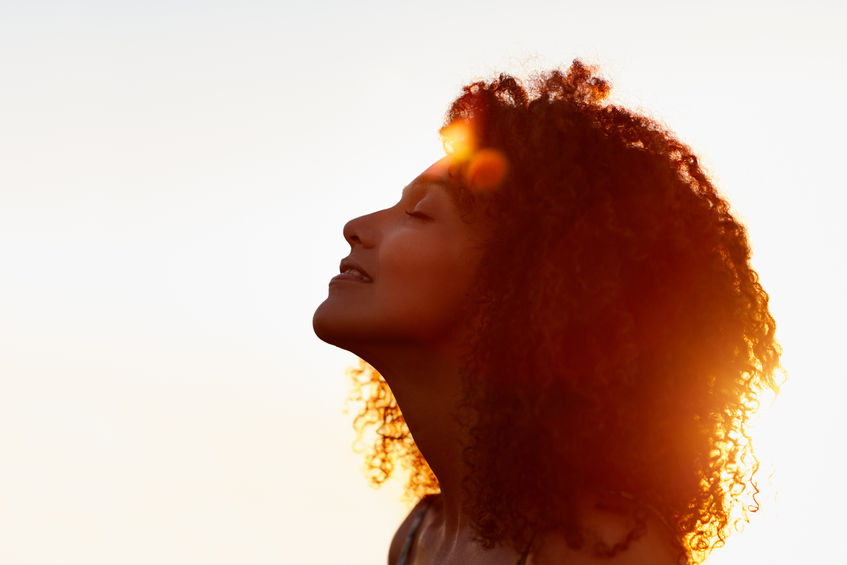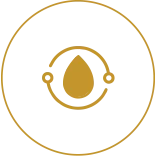Recurring migraine headaches can be excruciating and so severe that they interfere with your work and affect the quality of your life, bringing your life to a standstill. It manifests as severe pain, typically on one side of the head. Other symptoms include heightened sensitivity towards light and noise, vomiting and nausea. Though over-the-counter painkillers and prescription drugs can offset the pain and bring relief, they often come with side-effects. Other preventive methods like arterial surgery, muscle surgery, occipital nerve stimulation, beta-blockers, and anti-depressants may have down sides too.
What Causes Migraine?
The Headache Center of Atlanta has found that “stress” is a major migraine trigger. Around 80% of all migraines are attributable to stress. Other lifestyle triggers include tiredness, poor sleep cycles, irregular diet (certain foods and drinks), and substance abuse.
-
Oil therapy
If the headache is due to muscular tension, a really effective option is regular oil massages that can help relieve the tension, stress or stiffness from the concerned parts of the body. Shankara muscle release oil is a herbal oil known for its ability to relieve muscular tension, that is pain that emanates from neck or shoulder region. For headaches that have their origin in Vata imbalance can get reduced by applying specially formulated calming oils or calming essences, au naturale and deeply relieving. There are different soothing oil applications for headaches due to Pitta aggravation that you can use to treat your pounding headaches. These headaches are usually experienced on the sides of the head.
-
Yoga
There are some Asanas or poses that offer a natural way to tackle migraine without hurting the body in the process and bring you relief.
A) Hastapadasana (Standing Forward Bend)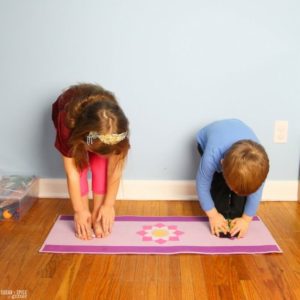
The Standing Forward bend invigorates the nervous system by increasing blood supply and also calms the mind.
Move the hips backward, and slowly start bending forward from your back.
-As you bend forward, breathe out completely and then you can draw in your tummy.
B) Setu Bandhasana (Bridge Pose)
Relieves tiredness from the back, improves digestion, reduces anxiety and thyroid related issues apart from relaxing your mind.
For Bridge pose, bend both your knees and place the feet on the floor, very close to your hips.
- Catch your ankles by the sides of your body and then
- slowly as you breathe in, lift your stomach up, lift your hips up.
- Your neck is resting on the floor and your head is resting on the floor.
- Stay in this posture for 5-7 long deep breaths.
- Slowly as you breathe out, relax your hips down and relax your entire back and bring it down and then slowly stretch out both the legs.
C) Shishuasana (Child Pose)
This pose releases the stress and tightness from the body, leaving you feeling fresh and energized.
Benefits Of Child Pose
- Leads to deeper exhalations
- Creates sufficient space in the spinal vertebrae and improves blood circulation to all nerves.
- Forward bends massage your internal organs like abdomen, kidney, and liver and help you to exhale completely, thus calming your mind.
D) Marjariasana (Cat Stretch)
The Cat stretch improves blood circulation and also relaxes the mind.
- Come on the knees. Both the knees should be 1-2 feet apart. Align them with the hip joints. Knees and ankles are on the floor, palms on the floor in line with shoulders. The upper body should resemble top of the table.
- Take a deep breath in, look up, push your belly towards the floor, squeeze your shoulder blades, so you expand your stomach completely and then
- as you breathe out, squeeze your stomach in as much as possible. Take your chin to the chest and roll your upper spine in the shoulder blade area.
- Repeat the stretch 5 times.
E) Adho Mukha Svanasana (Downward Facing Dog Pose)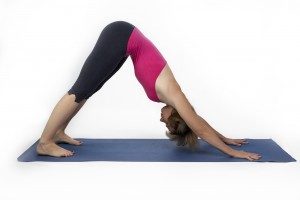
The Downward Facing Dog pose increases blood circulation to the brain
In this,
- make a mountain with your body
- hands touching the floor, toes touching the floor
- Lift the hips up,
- Pressing the heels towards the floor, walk a little forward. Stay in this pose for 3-4 long breaths.
F) Padmasana (Lotus Pose)
The Lotus pose activates the vagus nerve, the wellness nerve in the body
G) Shavasana (Corpse Pose)
The corpse pose rejuvenates the body by bringing it into a deep state of meditative rest. The yoga routine should end by lying down in this pose for a couple of minutes. You can also listen and slip into Yoga Nidra or Yogic sleep, a meditative restful technique.
3) Deep breathing exercises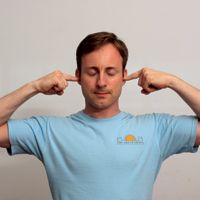
Techniques like bumble bee works on the parasympathetic nervous system, which facilitates rest in the body and mind.
4) Meditation
The second aspect of healing is meditation. Practicing 20 minutes of meditation twice a day provides deep rest to the immune and nervous system. It relaxes the whole body, relieves tension and eventually lowers stress levels, an important factor in a migraine. Here are a few more benefits of meditation when it comes to dealing with a migraine:
- It helps flush out toxins from the body, thus cleansing your body
- It can improve blood circulation in the head region
- Meditation improves the quality of your sleep
- It helps moderate your food intake by helping you make conscious diet choices
- It increases your pain tolerance
5) Sudarshan Kriya
The Sudarshan Kriya, a unique and powerful breathing and relaxation technique taught in the Art of Living has proven to be an effective cure for healing patients with a migraine. Practicing Sudarshan Kriya increases GaBa levels, the absence of which is a cause of migraines and anxiety. It relaxes the nervous system while balancing stress hormones.
The Brahmari pranayama or the bumble bee technique, when done prior to the Sudarshan Kriya, releases serotonin and helps address post-partum and menstrual migraine


